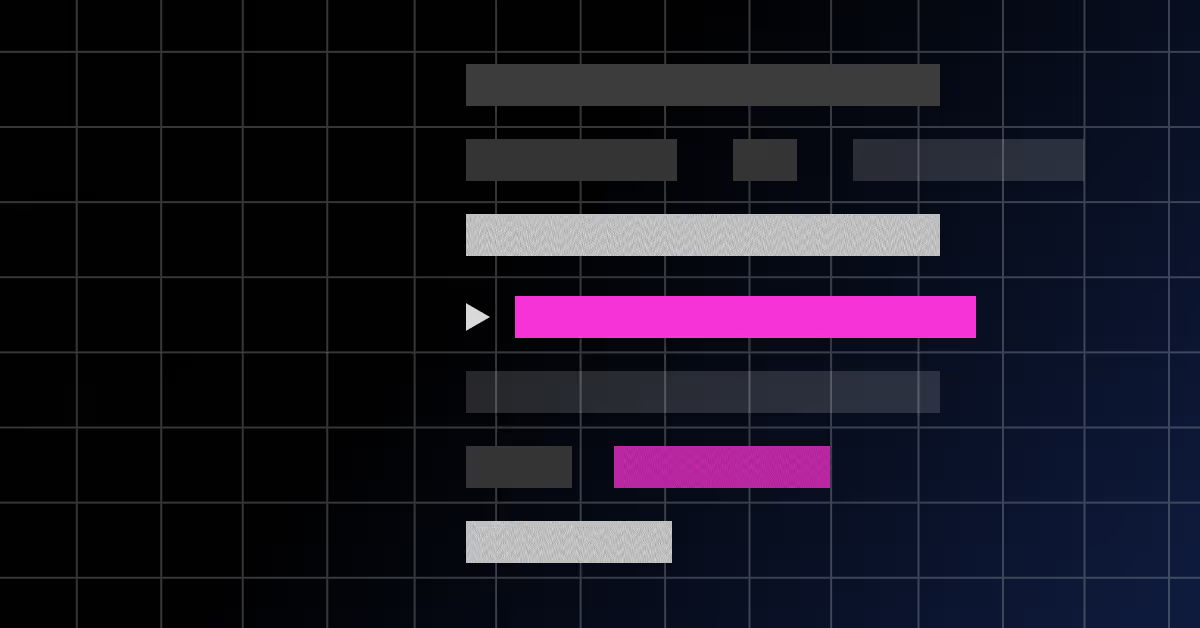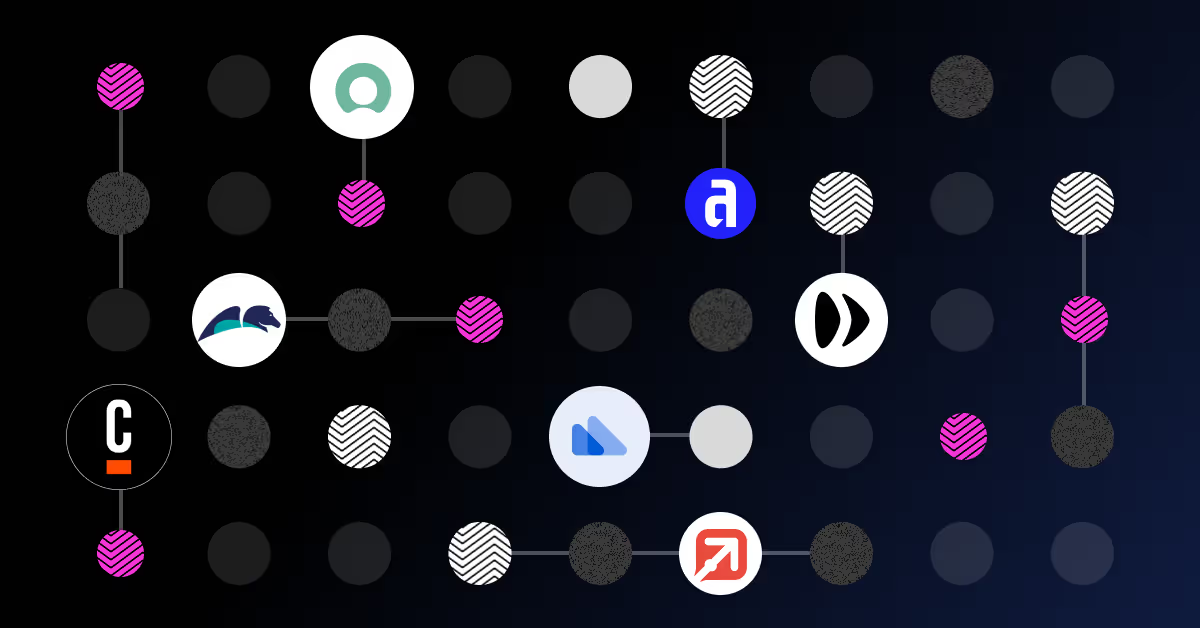9 of the best iPaaS software vendors compared (2025)

In Part 1, we explained exactly what iPaaS is and why you might need it. Now, we’re going a level deeper and looking at the various iPaaS software on the market and which one to choose, deciding the ultimate winner based on various assessment criteria.
There is a real spectrum of different iPaaS vendors to choose from. The 9 platforms we compared include SnapLogic, Jitterbit, Workato, Talend, Cyclr, Celigo, Tray.io, Boomi, and Microsoft Logic Apps.
iPaaS vendor comparative analysis

How to read our analysis
The 9 iPaaS platforms are evaluated based on the following criteria:
- Ease of use: This refers to how easy it is to use and navigate the iPaaS technology's interface and tools. Additionally, we considered factors such as ease of onboarding, ease of configuring integrations, and accessibility of features.
- Integration capabilities: We assessed the technology's ability to connect and integrate with various systems, applications, and data sources. We looked for a wide range of pre-built connectors or APIs that enable easy integration with popular platforms. Additionally, we considered the support for different integration patterns, such as point-to-point, publish-subscribe, and event-driven architectures.
- Scalability: We evaluated how well the technology could manage increasing workloads and adapt to growing integration demands. We also looked for features such as auto-scaling, load balancing, and distributed processing capabilities, and considered whether the iPaaS could handle high data volumes and support horizontal and vertical scaling.
- Security: We assessed the iPaaS technology's security features and measures, looking for robust data encryption, secure APIs, authentication mechanisms, and compliance with industry standards and regulations like GDPR or HIPAA. We considered whether the iPaaS provided features such as IP whitelisting, role-based access control, and data privacy controls.
- Pricing: In this area, we evaluated the cost structure and pricing model of the iPaaS solution. We looked for transparency in pricing, including subscription plans, data transfer costs, and additional charges for premium features. We also considered whether the pricing aligned with integration needs and any potential additional costs.
- Support and documentation: This assessment relates to the quality and availability of support resources such as documentation, tutorials, user guides, and forums. We looked for timely and responsive customer support channels like chat, email, or phone, and considered the availability of training programs and professional services to assist with implementation.
- Performance: We evaluated the iPaaS technology's performance, specifically its ability to process data efficiently and handle concurrent integrations. We looked for features like caching, data compression, and asynchronous processing to enhance performance. We considered the iPaaS provides performance monitoring and advanced analytics to track and resolve any performance bottlenecks.
- Flexibility: We assessed the flexibility of the iPaaS technology in terms of customization, extensibility, and support for different integration patterns and protocols. We also looked for features like custom scripting, mapping, and transformation capabilities. Finally, we considered whether the iPaaS could handle both cloud-to-cloud and on-premises integrations.
- User community: We evaluated the size and engagement level of the iPaaS technology's user community. We looked for active forums, user groups, and online communities where users can share experiences, provide feedback, and offer solutions. We considered the availability of a knowledge base or marketplace for community-driven connectors and extensions.
- Overall satisfaction: We assessed the experiences and feedback of existing users or customers to discern their overall satisfaction with the iPaaS technology. We evaluated testimonials, case studies, and customer references.
The top 3 iPaaS vendors, in our opinion…
Based on our assessment criteria, the following 3 iPaaS vendors came out on top, and we’d recommend them in order of appearance.
SnapLogic

This iPaaS vendor received consistently high scores across the assessed criteria, indicating strong performance. With an overall score of 9/10, SnapLogic offers ease of use, robust integration capabilities, scalability, security, competitive pricing, strong support and documentation, exceptional performance, flexibility, and a satisfied user community. Additionally, if you happen to be an Enate customer and require IpaaS, SnapLogic is our chosen vendor to work with.
Workato

Received consistently high scores across the assessed criteria, resulting in an overall score of 8/10. With strengths in ease of use, integration capabilities, scalability, support, and overall satisfaction, Workato is a solid choice for iPaaS technology. However, there are some areas like security and pricing that could be further improved.
Jitterbit

Jitterbit received varying scores across the assessed criteria, resulting in an overall score of 7/10. While it demonstrates strengths in integration capabilities, scalability, security, and support, there are some areas such as ease of use, pricing, and overall satisfaction that could be improved. Jitterbit may be a viable option depending on specific requirements, but further evaluation is recommended to assess its suitability for individual needs.
The bottom 3 iPaaS vendors
In our evaluation of the top iPaaS vendors, three platforms emerged at the lower end of our assessment criteria: Talend, Cyclr, and Tray.ai. Here’s a brief summary of why these vendors wern’t crowned the cream of the crop.
Talend

Talend scored lower across several key areas, impacting its overall ranking:
- Ease of use (6/10): Users may find Talend's interface and tools more challenging to navigate compared to other iPaaS solutions.
- Performance (6/10): Talend's ability to process data efficiently and handle concurrent integrations is less robust, which can be a critical drawback for high-demand environments.
- Flexibility (6/10): With limited customization and extensibility options, Talend may not support a wide range of integration patterns and protocols as effectively as other vendors.
- User community (5/10): A smaller and less active user community can lead to fewer shared resources and community-driven support options.
- Overall satisfaction (6/10): User feedback suggests that there is room for improvement in terms of user experience and overall satisfaction.
Cyclr

Cyclr also fell short in several criteria, which affected its overall standing:
- Scalability (7/10): While adequate, Cyclr's scalability features are not as advanced as those offered by higher-ranked vendors, potentially limiting its effectiveness in handling growing integration demands.
- Security (7/10): Cyclr’s security measures, while decent, do not match the robustness of the leading iPaaS solutions, which could be a concern for data-sensitive applications.
- Performance (7/10): Similar to Talend, Cyclr's performance in processing data and managing integrations is not as strong, making it less suitable for high-performance requirements.
- User community (6/10): With a smaller user base, there might be fewer opportunities for community-driven support and resource sharing.
- Overall satisfaction (7/10): While users find Cyclr satisfactory, it does not inspire the same level of overall satisfaction as the top-performing iPaaS platforms.
Tray.AI

Tray.io, although a capable iPaaS vendor, has certain limitations that place it towards the bottom of our list:
- Ease of use (7/10): Tray.io’s interface and usability are not as intuitive as some of the higher-ranked solutions, potentially leading to a steeper learning curve.
- Security (7/10): While offering decent security features, Tray.io does not excel in this area compared to top vendors, which might be a critical factor for some users.
- Pricing (6/10): Tray.io’s pricing structure may not be as competitive or transparent, possibly leading to higher overall costs for users.
- Performance (7/10): Its performance metrics are solid but do not stand out compared to the best-in-class iPaaS options, which could impact efficiency and throughput.
- Overall satisfaction (7/10): Users have expressed a general level of satisfaction, but it falls short of the high satisfaction levels reported for the top iPaaS vendors.
While Talend, Cyclr, and Tray.ai offer functional iPaaS solutions, their lower scores in critical areas such as ease of use, performance, and overall satisfaction suggest that users may encounter limitations and challenges that are less prevalent with higher-ranked vendors.
Conclusion
Choosing the right iPaaS vendor is key to positively impacting your business’s integration efficiency and overall operational success. Our comprehensive analysis highlights SnapLogic, Workato, and Jitterbit as the top contenders, each excelling in different areas. SnapLogic stands out with its high scores across the board, making it an excellent choice for most needs. Workato offers a solid balance of features and user satisfaction, while Jitterbit provides strong integration capabilities and security, albeit with some areas for improvement. Consider your specific business requirements and priorities to select the iPaaS solution that best aligns with your business goals.
Read more:





